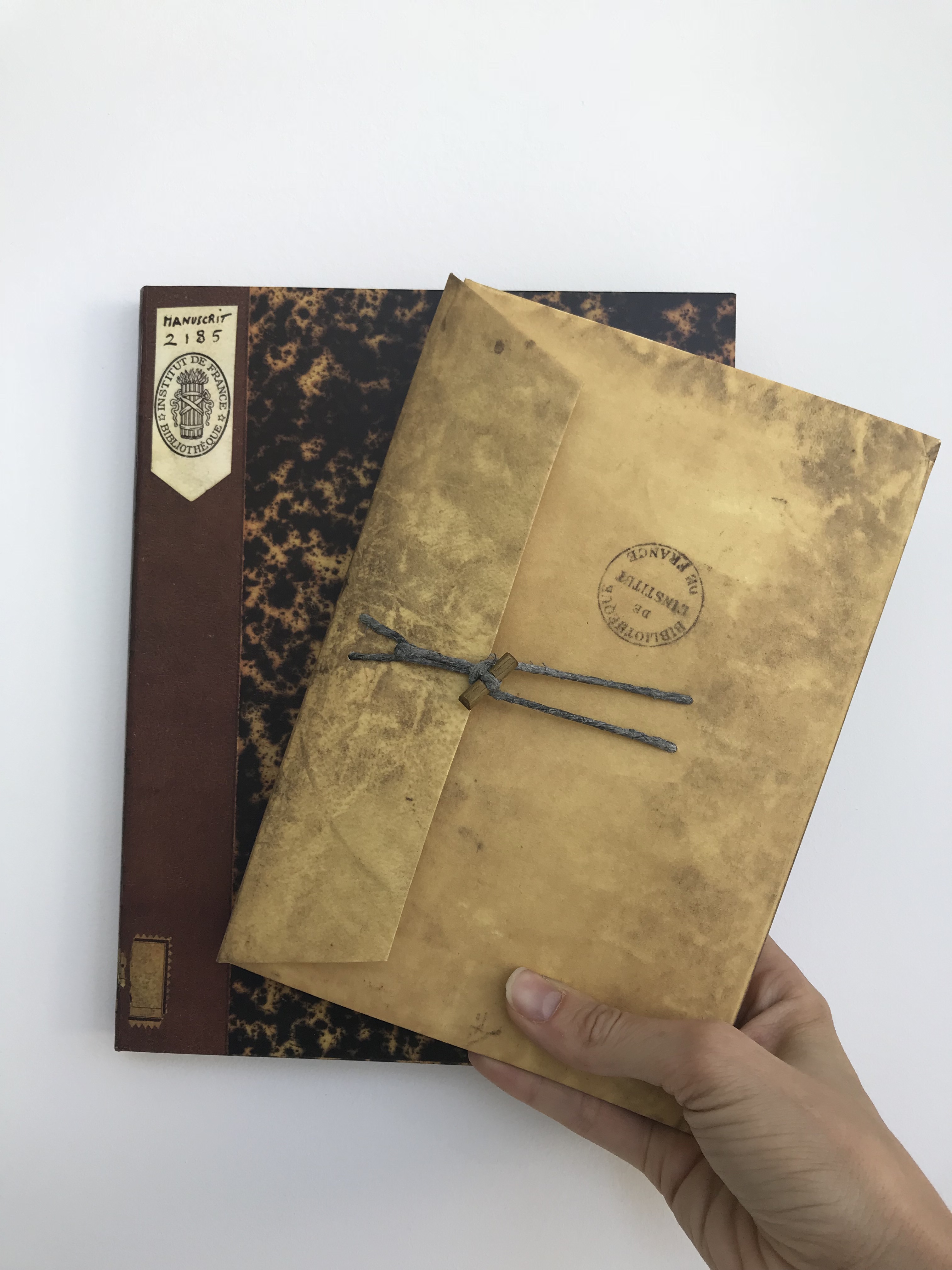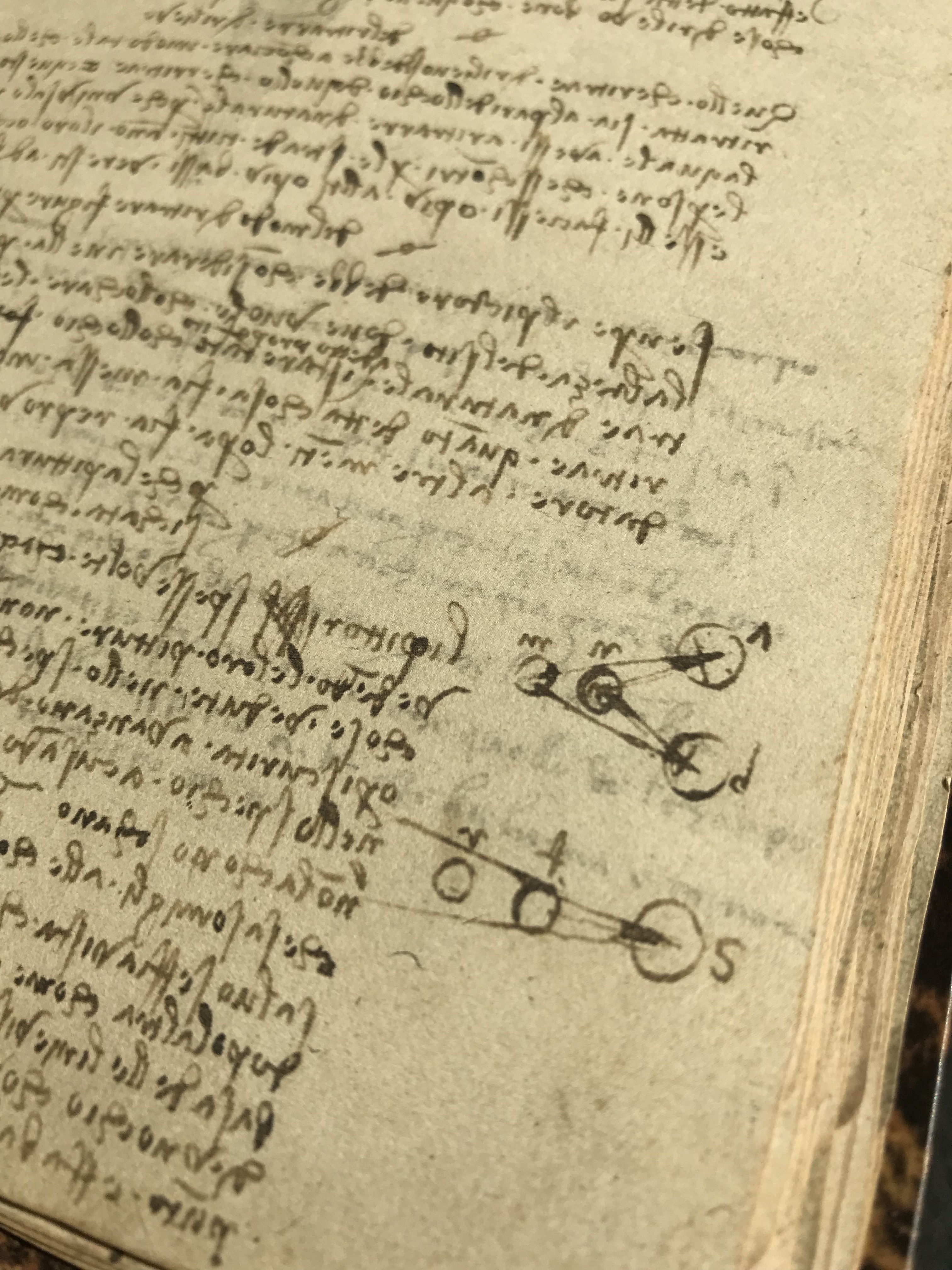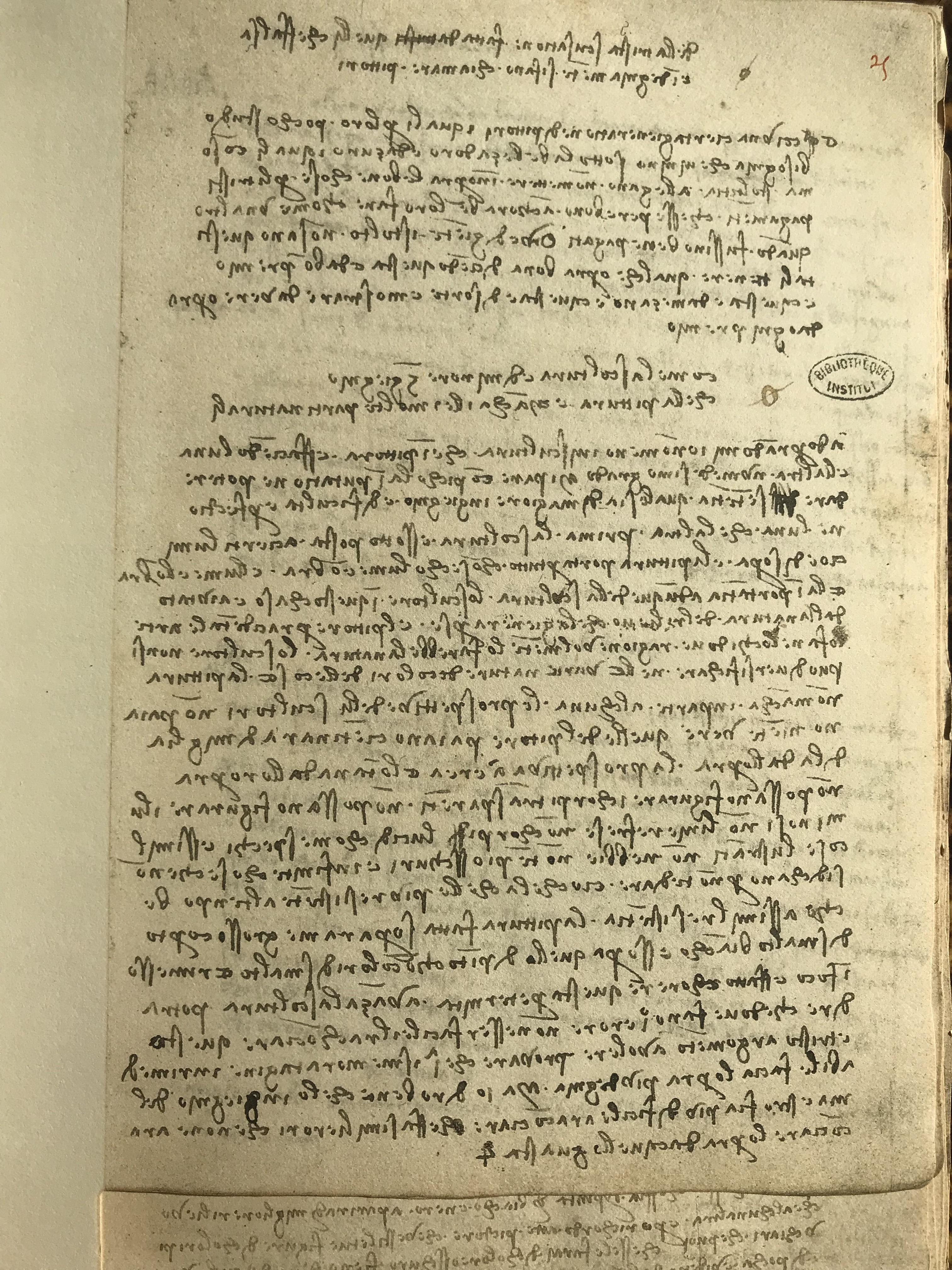According to Leonardo, the three-dimensional appearance of figures depicted on a flat surface — or rilievo, to use the word the artist would have used — is the painter’s first and foremost goal. Leonardo states it repeatedly and very clearly: “rilievo”, he declares, “is the soul of painting” (Manuscript A, fol. 81r). Throughout his life, he describes painting as a science that deals with the concept of three-dimensionality and its simulation on a two-dimensional support: this, he thought, is what makes figures resemble as much as possible those in the real world.
Leonardo’s preoccupation with rilievo starts very early in his career. It is already a prominent issue in one of his earliest notebooks, Manuscript A (1490-92). The notebook, brought from Milan to Paris in 1797 together with twelve other manuscripts by Leonardo, is now conserved at Bibliotheque de l’Institut de France. It consists of two separate codexes, as several of its leaves were stolen and bound separately before being returned in 1888.

Here, Leonardo studies how certain conditions of light and shadow can maximize the three-dimensional appearance of objects. He recommends, for example, to place the contours of figures against a bright background, to heighten the contrast and make them appear to project from the surface (fols 96v, 101v, 106r, 113r). Yet he also despairs to ever be able to achieve the same impression of volume that the eye perceives when looking at objects in nature or in a mirror. To this end, he studies how monocular and binocular vision impact the visual experience of relief, coming to the conclusion that stereopsis is impossible to fully recreate in the binocular experience of a painting (fol. 90r, below).

The illusion of three-dimensionality is, accordingly, both painting’s primary concern, and its unattainable goal. Surprisingly though, it is also what makes painting superior to sculpture. Towards the end of Manuscript A (fol. 105r, below), Leonardo concludes that, while the feigned appearance of painted relief requires intellectual work, actual relief only requires the physical labor of carving. Unlike the artificially-created three-dimensionality of painting, the three-dimensionality of sculpture is given by nature and is not the product of the artist’s skills. Ultimately, it is this illusion of volume what celebrates the force of painting: in Leonardo’s words “only painting presents a marvel to those that contemplate it because it makes that which is not so seem to be in relief and to project from the surface.”

Further reading
Luba Freedman, “Rilievo as an Artistic Term in Renaissance Art Theory,” Rinascimento 29 (1989): 217-247.
Donald Strong, “The Painter in Despair: Trasparentia and Rilievo in Leonardo’s Treatise on Painting,” Achademia Leonardi Vinci 1 (1988): 35-48.
David Summers, “Chiaroscuro, or the Rhetoric of Realism,” in Leonardo da Vinci and Optics, ed. by Francesca Fiorani and Alessandro Nova (Venice: Marsilio, 2013): 29-53.
Note
The images above are taken from Leonardo da Vinci, I manoscritti dell’Institut de France, ed. by A. Marinoni, 12 vols, Firenze 1986-1990, Manoscritto A, copy preserved at The Getty Research Institute (link to the catalogue entry). The Giunti facsimiles have been digitized and made available online on eLeo.
